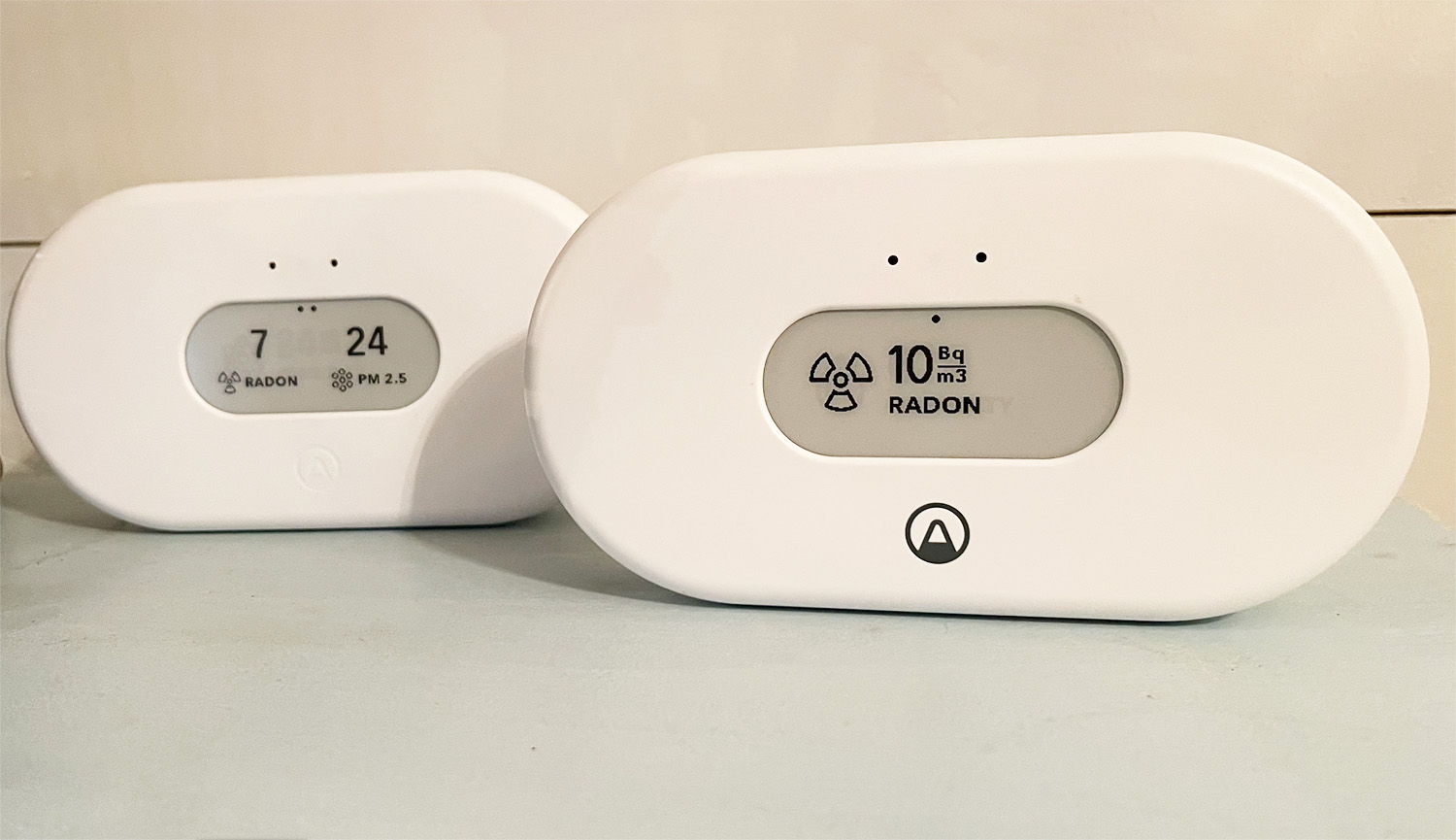 Airthings monitors provide insight into the air quality of your home. You can only learn some things with special technology. Airthings provides the tech that sees what you can’t. For example, Radon levels in your home have no odour and the bad effects on your body from Radon exposure take a long time to develop. Only with these insights can you take action before things like Radon can hurt you. In this contest Best Buy and Airthings will equip two winners with great Airthings monitors.
Airthings monitors provide insight into the air quality of your home. You can only learn some things with special technology. Airthings provides the tech that sees what you can’t. For example, Radon levels in your home have no odour and the bad effects on your body from Radon exposure take a long time to develop. Only with these insights can you take action before things like Radon can hurt you. In this contest Best Buy and Airthings will equip two winners with great Airthings monitors.
Is the air in your home as clean as you need to be
This is a question that most of us can’t answer without a monitor to detect the presence of harmful gases or particulates in the air. Airthings monitors are designed to inform homeowners about a range of conditions in your home. For example, they can tell you the concentration of Radon gas in your home.
Most people are unaware that Radon gas is the second leading cause of lung cancer. Fewer people smoke these days, which is reducing the number of new lung cancer cases in Canada. However, Radon exposure is not something you can “just say no” to; you first need to know when it’s there. Radon is a natural byproduct of the constant process of radioactive decay that occurs all over the world in the Earth’s crust. Under your home, radon gas is produced and seeps up. It can then become trapped in your home, increasing to unsafe levels unless you act accordingly.
What can you do about Radon
Is the radon levels in your home safe? Unsure? The first thing to do is to get a device that can detect Radon. The blog team has reviewed several Airthings monitors over the past few years and we found that they are easy to set up and the information they provide about the air quality in your home is easy to understand. We also sent an Airthings Radon detector across the country to get readings in many cities where writers on the team live. The results varied dramatically; the highest levels (from our tests) were observed in southern Ontario.
 But no matter where you live in Canada, your home may have higher Radon levels than you would prefer. Testing the radon levels is the first step. Health Canada recommends you do this during colder months when windows are more likely closed—so now is a great time to get a monitor. If radon levels are high, you may need to hire a contractor who can identify areas of your home that can be sealed (e.g., cracked foundation, ground level pipes, etc).
But no matter where you live in Canada, your home may have higher Radon levels than you would prefer. Testing the radon levels is the first step. Health Canada recommends you do this during colder months when windows are more likely closed—so now is a great time to get a monitor. If radon levels are high, you may need to hire a contractor who can identify areas of your home that can be sealed (e.g., cracked foundation, ground level pipes, etc).
Which Airthings monitor is best for your home? We recently sent two different models to Shelly and Myriam for reviews in English and French. Each of the two winners of this contest will get both of those monitors. You could put one in the hallway near the bedrooms and one in the living room (areas of the home where your family spends most of their time). Think about that, then enter the contest.
How to enter
Entering this contest is easy and you can enter in two different ways.
- In a comment below, tell us in what area of Canada you live (general area or city is fine) and if you know what the radon levels are like in your area of Canada and if you ever had your home tested.
- In a comment beneath the review article on the blog, tell us where in your home you would put each of the two prizes if you win.
What you can win
At the end of this contest, we will randomly select two winners. Each winner will get an Airthings View Plus Air Quality Monitor and an Airthings View Smart Radon Monitor.
This contest runs from Oct 31st to Nov 13th.
Remember you can enter in two different way. Your friends and relatives will also want to know if the air quality is safe in their homes, so share this contest with them too.




